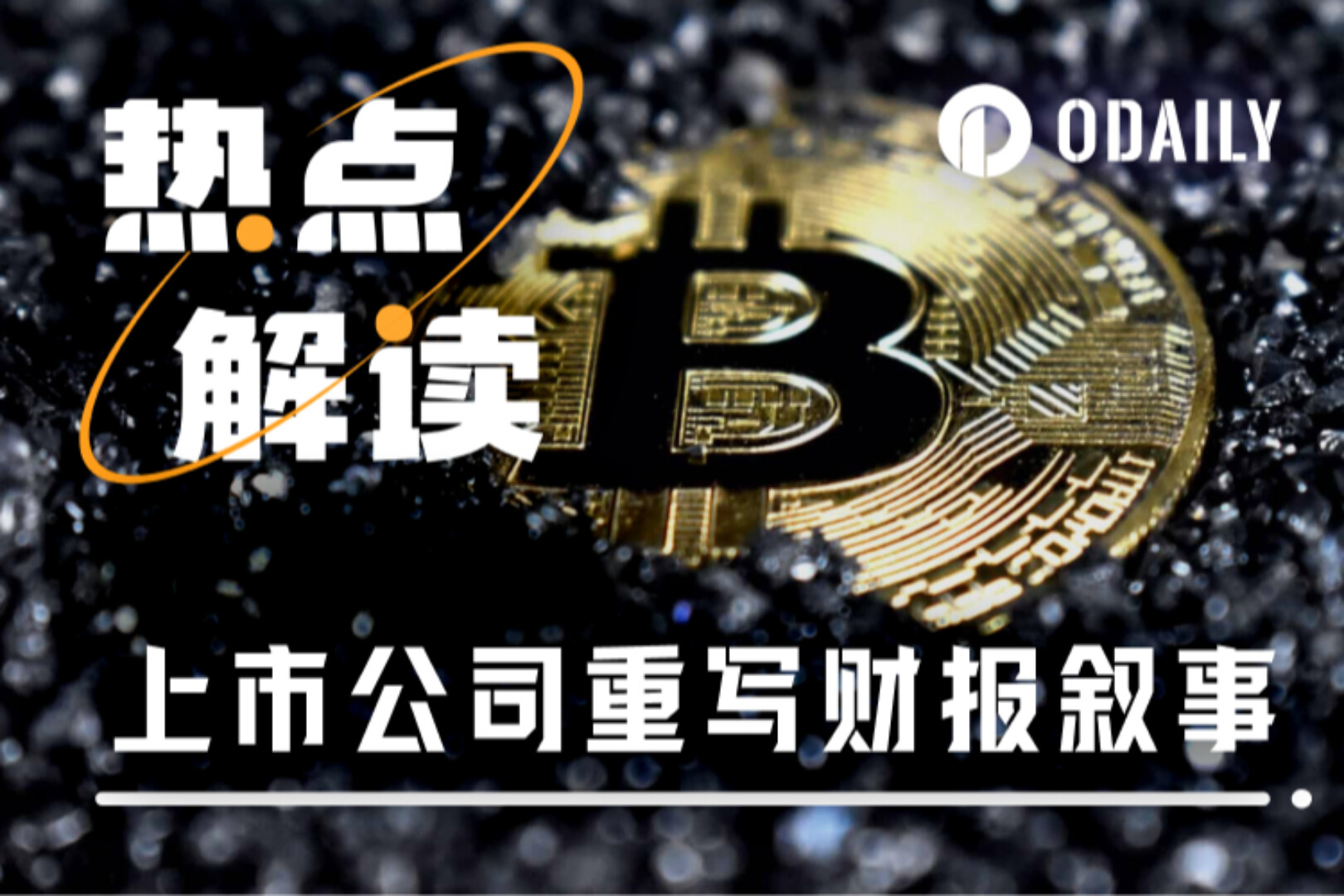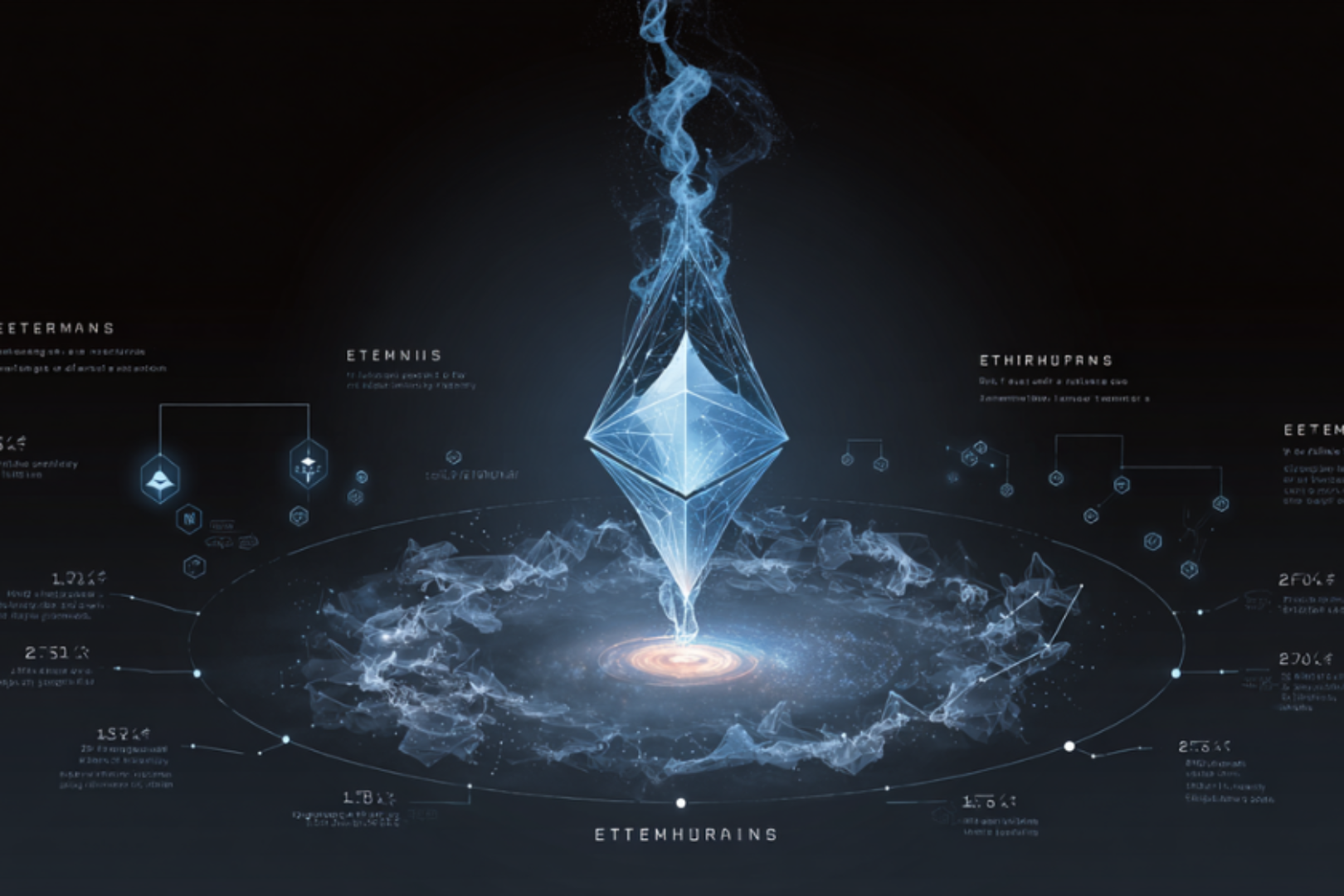

On November 28, the 2018 POD New BlockTrend Blockchain Summit, co-hosted by Odaily and 36Kr Group, was held in Beijing. At the meeting, Larry, visiting professor of Zhejiang University and partner of TAS, delivered a keynote speech on "Chain the Future, Prove Success". Larry said that as an IT practitioner for more than 20 years, although it is winter, he is still relatively optimistic about the blockchain as a whole. He shared his ideas and experience on the blockchain industry from the perspective of foreign standards organizations he has contacted and participated in, especially alliance chains and public chains.
He said that the reason for the emergence of the blockchain is that the traditional Internet has eliminated the limitations of space and time, and improved the efficiency of communication and collaboration. Cloud computing and artificial intelligence are equivalent to improving productivity, and big data is a means of production. When productivity develops to a certain extent, it will have an impact on production relations. This is why the blockchain came out ten years ago.
He believes that the assessment of the blockchain is "flowing water", which is about value, while the traditional information Internet is about the flow economy, and the way of thinking between the two will be very different. We need to think about how to change from flow economy to flow economy.
He proposed that the core of the blockchain is "one chain, two mechanisms, and one thinking". That is, blockchain technology is used to ensure credibility. The two mechanisms refer to the economic incentive mechanism of tokens and the community governance mechanism of Dao DAO. And one thinking refers to co-construction, co-ownership, win-win and co-governance.
He said that whether it is an alliance chain or a public chain, there are three main issues that restrict the implementation of blockchain: efficiency, security and usability. Efficiency is the first general problem. Efficiency is mainly reflected in throughput, capacity, scale and cost. For example, the throughput can represent how fast you eat, the capacity represents how much you can eat, and the scale represents the size of the audience, and the cost restricts the practicality and application of the chain. At the same time, security, privacy protection and compliance are also the second major issues facing the blockchain that need to be solved urgently. The third is usability issues, including developers and users.
secondary title
The following is the transcript of the speech:
Larry: Thank you very much for persisting until now, and also very grateful to the organizer for giving me this opportunity to share my views on the blockchain. My name is Larry. I came to Silicon Valley in 1999. I am an old IT veteran of more than 20 years. Today I mainly share with you that although it is winter, I am still relatively optimistic about the blockchain. From the projects I have been involved in in foreign standards organizations, especially alliance chains and public chains, I would like to share my views and some experience in participating in blockchain projects.
I studied computer science at Beijing Institute of Technology, and later went to Canada to study for a doctorate. I arrived in Silicon Valley in 1999. During this period, I participated in the formulation of many international standard organizations, including IETF, ISO, and NIST. After returning to China, he founded a company that was invested by Liu Chuanzhi and listed in Shenzhen. After I left, I joined a Silicon Valley company, engaged in mobile information and mobile security, and was later acquired by Canada's BlackBerry. Later, he joined a Silicon Valley network information security company, which was also acquired by an American arms dealer. I am also a visiting professor at several universities, and I also serve as an investment advisor to some governments and venture capital institutions.
Everyone talks about the blockchain as a trusted value Internet, which is very different from the traditional information Internet. Whether it is the mobile Internet or the PC Internet, the traditional Internet eliminates the limitations of space and time, and improves the efficiency of communication and collaboration. Cloud computing and artificial intelligence have improved productivity, and big data is a means of production. When productivity develops to a certain extent, it will have an impact on production relations. This is why the blockchain came out ten years ago.
Blockchain is a trusted cornerstone and a trusted machine that can improve productivity and change production relations. The blockchain is a value Internet, which is very different from the traditional information Internet. It talks about flow thinking and value economy, not the flow economy of the traditional Internet, so its way of thinking will be very different , That is, from a flow economy to a flow economy.
The blockchain is mainly a chain, two mechanisms, and one thinking. From a technical point of view, blockchain technology is used to ensure credibility. The essence of blockchain is technical guarantee, which has nothing to do with equipment, which is different from some practices. It is a trusted computing paradigm that can be proved to a third party. Its whole process is authentic and credible because it is transparent and open, and it can prove its innocence by itself, resulting in credible results.
There are two mechanisms, one is the Token mechanism, which is mainly for incentives; the other is the governance mechanism of community organizations; the other is the way of thinking of co-construction, sharing, win-win and co-governance.
After so many years of research and practice on the blockchain, I believe that whether it is a public chain, alliance chain or private chain, value must be realized, not just hype and speculation. There are three main pain points that restrict the implementation of blockchain: efficiency, security and usability.
Efficiency is the first ubiquitous pain point. Efficiency issues are mainly reflected in throughput, capacity, scale and cost. For example, the throughput can represent how fast you eat, the capacity represents how much you can eat, and the scale represents the size of the audience, and the cost restricts the practicality and application of the chain. At present, the efficiency of the blockchain is actually very low: firstly, the efficiency is low, the throughput is very low, and it is not fast enough; secondly, the capacity is small. If a blockchain improves its performance, it can eat very quickly, but it can eat How much is the capacity. Both are currently limited by the computing power and capacity of a single node. The other is its scale. The scale has two aspects. Some like Bitcoin do better in terms of downward scale. You can also play with a single node of Bitcoin. However, many chain systems now require too many nodes to start, such as EOS has 21 nodes, and it cannot run without 21 nodes; in terms of scale up, when the scale is very large, it cannot be transferred when there are several million or tens of millions of nodes. limits.
I have read an academic paper. This paper talks about a one-megabyte block spreading on a P2P network. It takes 18 seconds to cover 95% of 3,000 nodes. So you can imagine that if you have tens of millions or hundreds of millions of users When, how can your network communication efficiency be accelerated.
Another point is cost. Many people say that I do blockchain for the sake of trust. Although trust has a price, we can't talk about cost performance regardless of the cost. For example, in the taxi-hailing chain, a taxi costs 2 yuan per kilometer. Because the taxi is reliable, if it becomes 20 yuan, will you still take this taxi? Therefore, many projects and people do not consider the cost when they are working on the blockchain.
The other is security, which is the second important issue facing the blockchain that needs to be solved urgently. The previous guests talked a lot, including data security, communication security, contract security, and mechanism security. The bifurcation of BCH in the previous period was due to the problem of the mechanism. The two parties did not reach a consensus, so the security of the entire mechanism is also very important. In addition, privacy protection, compliance and fairness are all issues that need to be solved.
The third pain point is usability. The usability of the current blockchain is relatively poor, one for developers and one for end users. For example, as an end user, you need to have a wallet address, your private key, and your public key, which is still very troublesome. For developers, the IDE is not perfect and the ecology is not rich. Therefore, it should be simple and rich, from automatic to intelligent, and flexible: pluggable, expandable, self-adaptive, and configured on demand.
Therefore, there are still many problems in the efficiency, security and usability of the blockchain that need to be solved. To achieve simplicity, convenience, speed, cheapness, and safety, the blockchain can be implemented. Not only traffic, but also flow, create value, and change life.
Let's take a look at the famous "impossible triangle" of the blockchain. It is only a stage description of the current situation, and there is no theoretical basis. Decentralization is only a means, not an end. Its purpose is credibility, freedom, fairness and justice. In fact, distributed storage computing and parallel processing have been widely used in existing centralized systems, including Alipay, so distributed does not necessarily mean inefficiency. Regarding the cost of efficiency, I published an article with Professor Zhang from Zhejiang University, specifically analyzing the cost and efficiency of several existing mainstream blockchains, and put forward some ideas, directions and suggestions in order to solve this problem and make the system The overall computing power throughput and storage capacity are no longer limited by the computing power and capacity of a single node. It can achieve "credible and centralized efficiency of blockchain" and solve the problem of "impossible triangle".
"Integration, return and landing" are the three key words.
"Convergence is the trend": Including the integration of internationalization, the natural cross-border of the blockchain, a very important feature is globalization; the integration of technology and application operations, in the past, the United States and Silicon Valley paid special attention to the research of basic technology, while domestic comparison Emphasis on application and operation, but now both at home and abroad are both technology and application operation; the other is the integration of teams, now the regular army enters the market, including investment institutions and project teams, not only technical geeks but also regular troops; the integration of industry, university and research, academia Integrating with the industry, many university professors and researchers in scientific research institutes combine their scientific research results with industry engineering practices to explore the development of blockchain together; technology integration becomes inevitable, as I mentioned earlier, The blockchain will be integrated with the existing Internet technology, the integration of the public chain and the alliance chain, hoping to achieve "the credibility and centralized efficiency of the blockchain".
"Value return": including project parties and investment institutions, everyone should return to the value itself, no longer speculate or hype, but the project party will do things in a down-to-earth manner, and the institutions will evaluate and invest according to the value of the project, so that the air project will be recognized. Screen out valuable items and they will grow. So winter is not a bad thing. When winter comes, spring is not far away.
"Application implementation": applications and infrastructure construction complement each other. Without infrastructure, applications cannot be deployed; without applications, infrastructure will be useless. Therefore, in order for applications to be implemented, value must be created. By changing production relations, productivity and efficiency can be further improved to bring benefits to people's lives. Different from the flow economy of the information Internet, here we must talk about flow, not just flow, to carry value.
The TASchain project we are working on is a trusted commercial programming platform with high availability, strong security and high efficiency. Adhering to the concept of "credibility creates value", we have achieved high efficiency (fast: consensus algorithm, communication and parallel computing, multiple: distributed storage, large: large scale, low cost, etc.), strong security (storage and accounts, contracts and applications, tokens and governance, etc.) and high availability (simple and rich IDE and middleware, elastic pluggable, configurable and scalable, on-demand adaptive, public chain, consortium chain and hybrid chain, etc.). It is currently in internal testing, and it is planned to launch a public test in Q1 next year and launch the mainnet in Q2. At the same time, there are already several mature cooperation projects underway, and next year there will be hundreds of millions of turnover and millions of traffic to undertake.
Therefore, I am full of confidence in the blockchain, and now is the best time for blockchain investment and development. Finally, I would like to emphasize that "Blockchain is the future, and tokens must succeed." "Convergence is a trend, value return is inevitable, and application implementation is the result." The blockchain is a value economy, and it requires streamlined thinking, not flow thinking!




